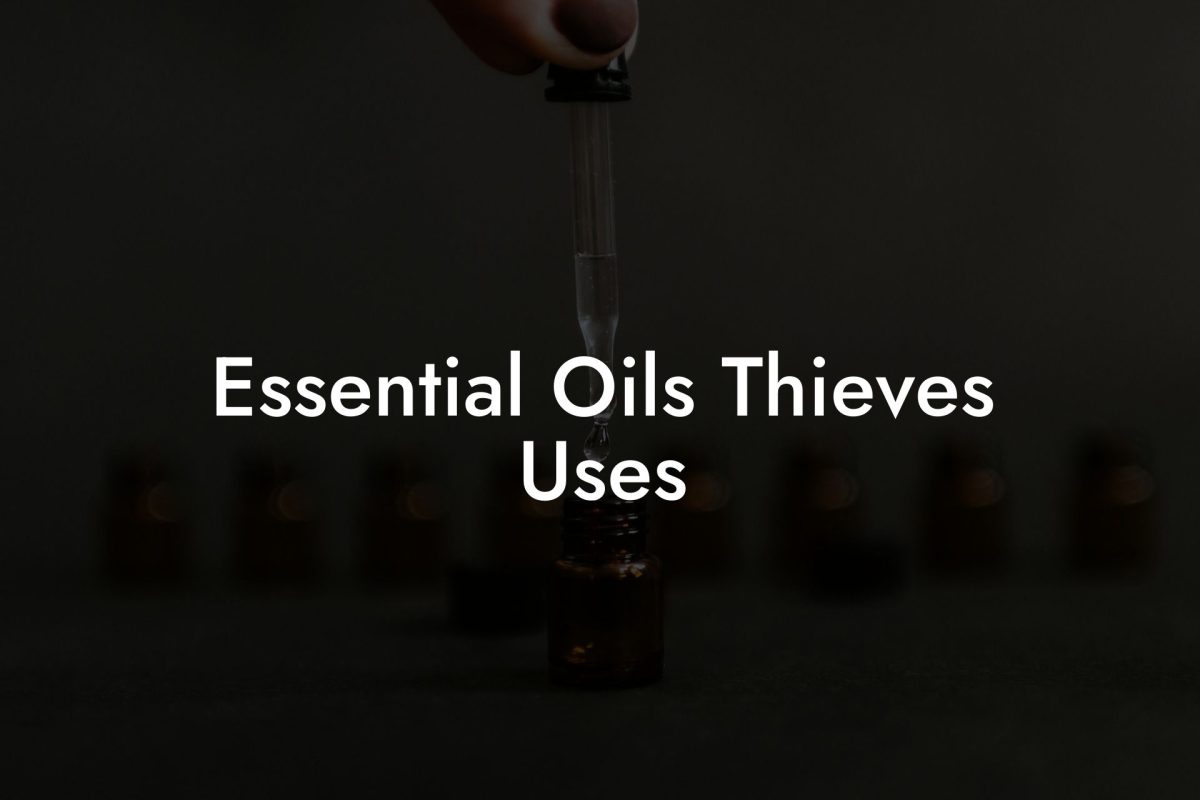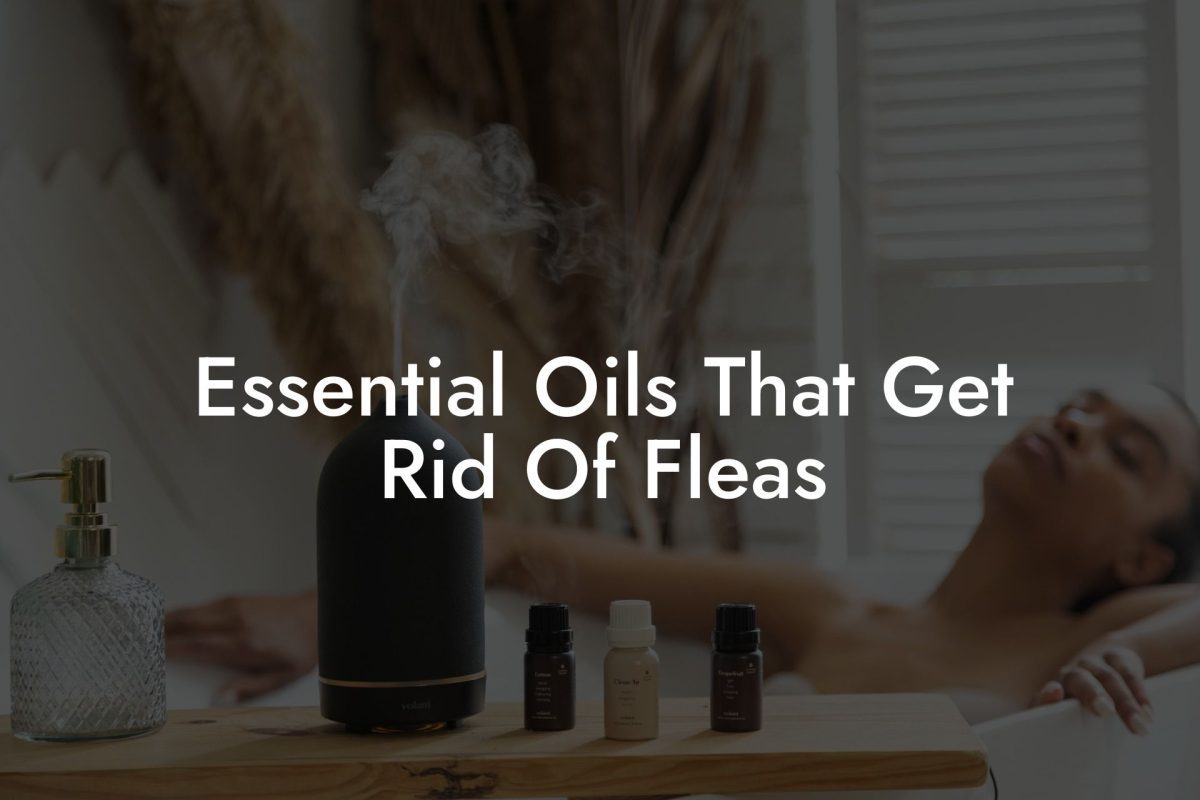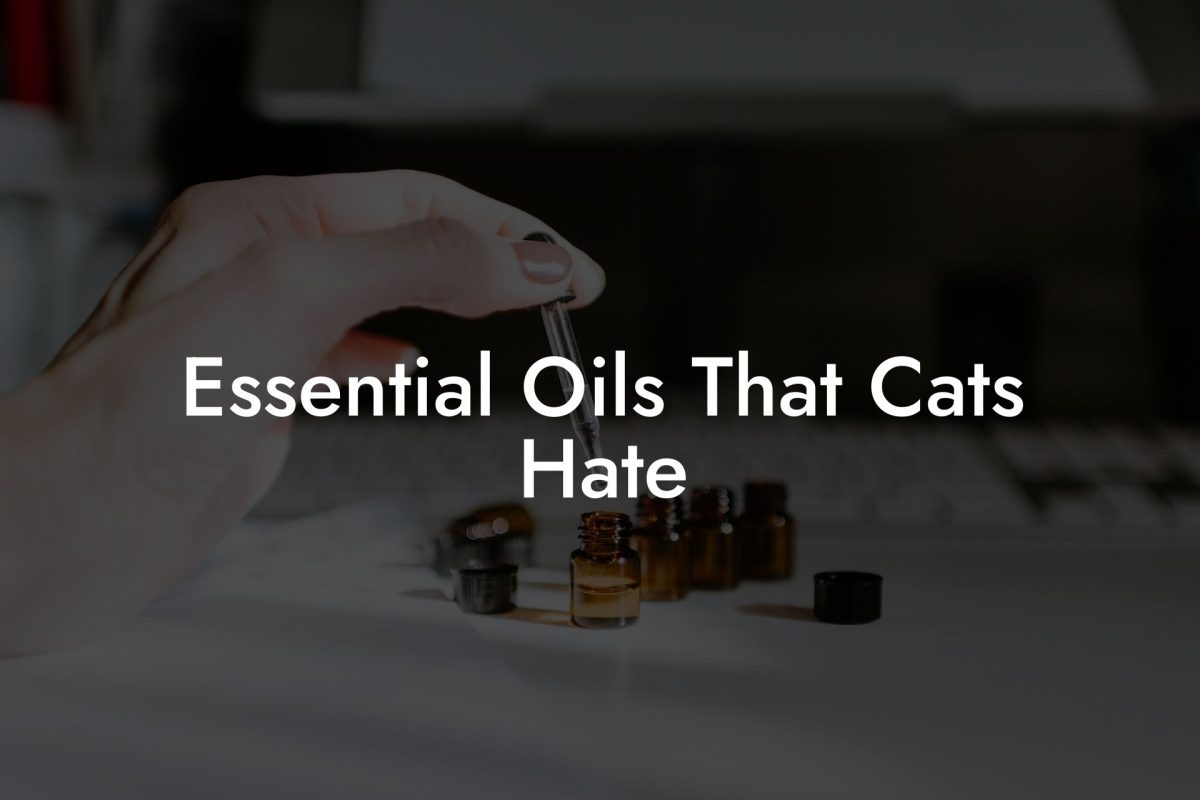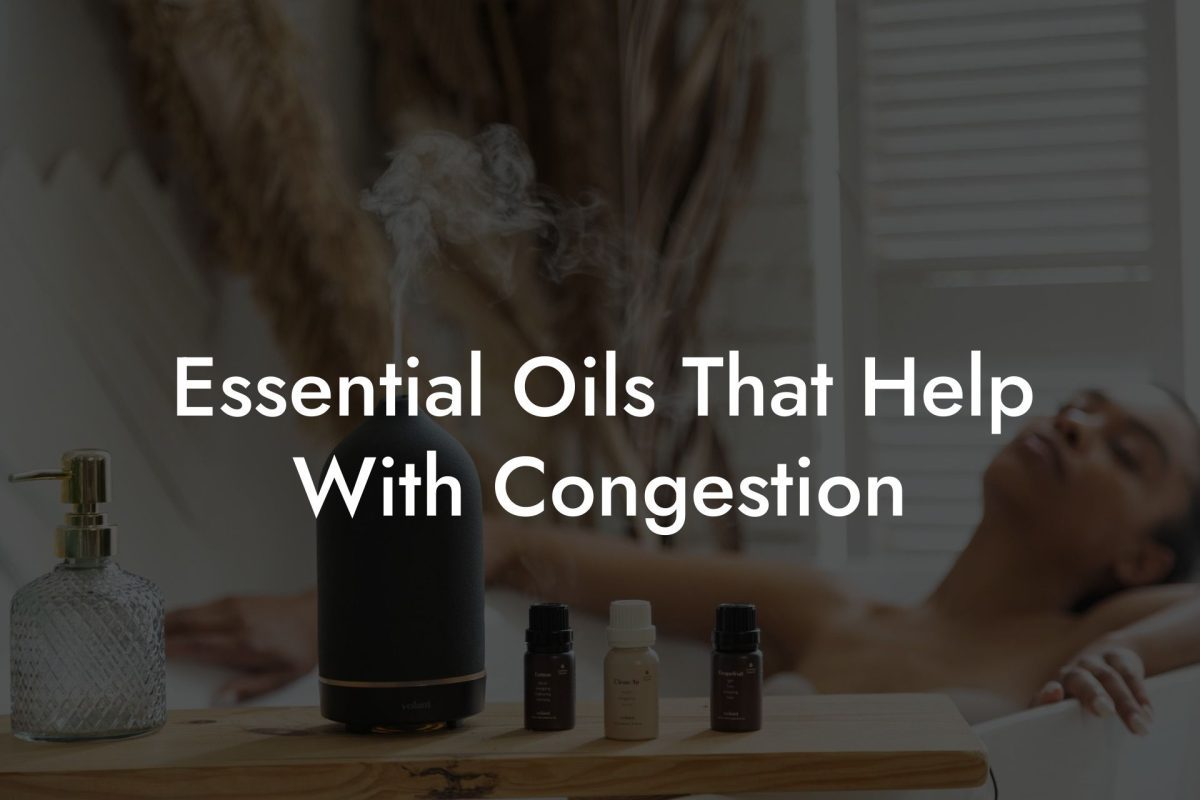Essential oils are a popular alternative for those seeking natural ways to manage high blood pressure. As a versatile and powerful remedy, essential oils can work wonders on our overall well-being when used correctly. In this blog post, we’ll explore where to apply these fragrant elixirs on your body for maximum benefits in managing high blood pressure.
Table of Contents
Understanding High Blood Pressure
High blood pressure, or hypertension, is a condition where the force of blood against the walls of the arteries is consistently too high. It is a major risk factor for heart disease, stroke, and kidney failure. Lifestyle factors and pre-existing medical conditions can contribute to its development. Essential oils are not a cure for high blood pressure, but they can play a supportive role alongside other treatments in managing the condition.
Best Essential Oils for High Blood Pressure
Some essential oils that have shown promise in assisting with high blood pressure management include:
- Lavender: Known for its relaxing and calming properties, Lavender can help reduce stress and anxiety which contribute to high blood pressure.
- Ylang Ylang: This sweet, floral essential oil has been known to help lower blood pressure and promote relaxation.
- Bergamot: Bergamot may help balance the nervous system, reduce stress, and maintain a healthy blood pressure level.
- Clary Sage: With sedative properties, Clary Sage has been reported to help lower blood pressure by inducing feelings of relaxation and reducing stress.
- Frankincense: This essential oil helps to lower heart rate and high blood pressure by promoting relaxation and reducing stress.
Where to Apply Essential Oils for High Blood Pressure
When using essential oils topically for high blood pressure, it’s important to dilute them with a carrier oil such as coconut, jojoba, or almond oil. Here are some effective areas to apply your essential oils:
1. Pulse Points
Applying essential oils to your pulse points, such as the wrists, temples, and the back of the neck, is a popular way to maximize their benefits. The warmth of your body allows the oils to absorb and circulate more efficiently.
2. Chest and Heart Area
Gently massaging diluted essential oils over your chest and heart area may aid in relaxation and promote a sense of calm, easing the stress that contributes to high blood pressure.
3. Soles of the Feet
The soles of the feet have larger pores, allowing faster absorption of essential oils. Applying oils to this area can help provide quick relief and offer a sense of grounding and relaxation, which is beneficial for individuals with hypertension.
4. Aromatherapy Diffuser
Using an aromatherapy diffuser to disperse essential oils into the air is an effective way of benefiting from their calming properties. Breathing in their soothing scents can help to lower stress levels and assist in maintaining a balanced blood pressure.
Where To Apply Essential Oils For High Blood Pressure Example:
To create an essential oil blend for high blood pressure management, mix 3 drops of Lavender, 2 drops of Ylang Ylang, and 2 drops of Bergamot with 1 tablespoon of carrier oil. Gently massage this blend onto your pulse points, chest and heart area, and the soles of your feet regularly. Additionally, consider adding a few drops of this blend to your diffuser to create a relaxing environment.
We hope you found this guide on where to apply essential oils for high blood pressure helpful. Remember that while essential oils can offer support, they should not replace conventional treatments or medical advice. Make sure to consult your healthcare provider before integrating essential oils into your hypertension management plan. If you found this post informative and engaging, please consider sharing it with others who might benefit from this information. Be sure to explore our other guides on essential oils and aromacology, and discover the range of Artisan Essential Earth Oils Oshu Oils has to offer to improve your overall well-being.





















